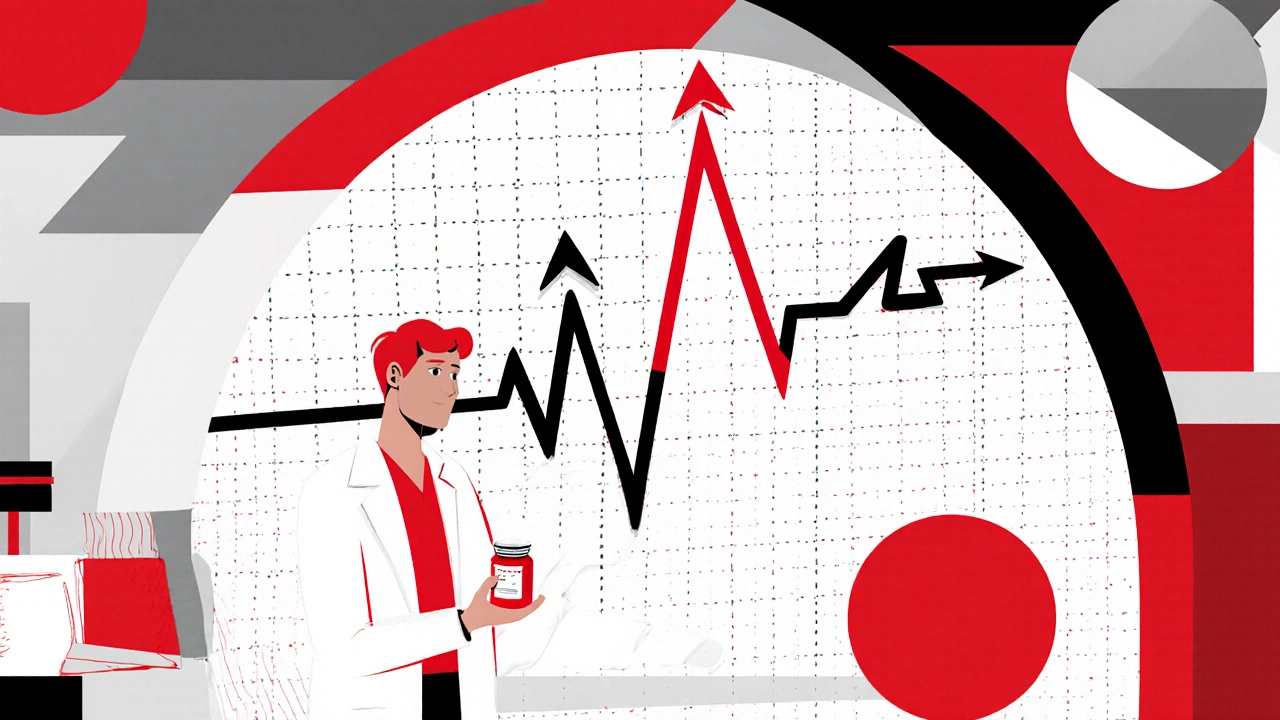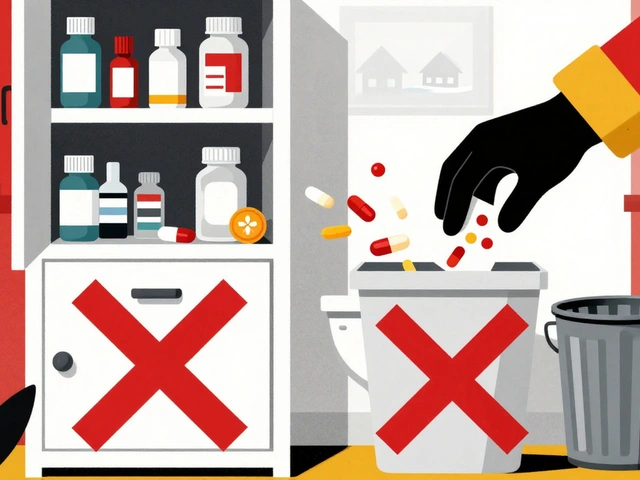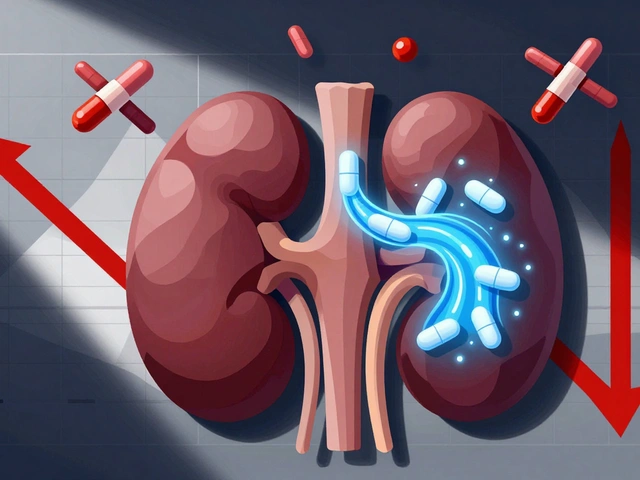Citalopram Dose: What You Need to Know About Dosage, Side Effects, and Alternatives
When you’re prescribed citalopram, a selective serotonin reuptake inhibitor (SSRI) used to treat depression and anxiety disorders. Also known as generic Celexa, it works by helping your brain maintain balanced serotonin levels—key for mood regulation. But knowing you’re taking citalopram isn’t enough. The real question is: citalopram dose—how much is right for you?
The standard starting dose for most adults is 20 mg per day, taken once daily, morning or night. Many people stay at this level—it’s effective and well-tolerated. But if symptoms don’t improve after a few weeks, doctors often increase it to 40 mg daily. That’s the maximum recommended dose for most patients. Going higher than 40 mg isn’t usually advised unless under strict supervision, because the risk of heart rhythm issues goes up without clear added benefit. Older adults, people with liver problems, or those on other meds may start at 10 mg. Your body isn’t a one-size-fits-all machine, and your dose should reflect that.
It’s not just about the number on the pill. How you feel matters more. Some people notice changes in mood within two weeks, but full effects often take four to six weeks. Don’t stop or change your dose just because you don’t feel better right away. And never stop cold turkey—sudden withdrawal can cause dizziness, nausea, or brain zaps. Tapering off under medical guidance is the safe way.
Side effects like dry mouth, sleepiness, or mild nausea are common at first but usually fade. If you’re experiencing increased anxiety, insomnia, or thoughts of self-harm—especially early on—tell your doctor immediately. These aren’t normal, and they need attention. Also, citalopram can interact with other drugs: NSAIDs, blood thinners, or even St. John’s wort can raise risks. Always list everything you’re taking.
If citalopram doesn’t work or causes too many side effects, there are other options. Escitalopram (Lexapro) is its close cousin—often better tolerated. Sertraline (Zoloft) and fluoxetine (Prozac) are other SSRIs with different profiles. Some people switch to SNRIs like venlafaxine if SSRIs fail. And if you’re dealing with anxiety more than depression, your doctor might consider other classes like buspirone or even low-dose benzodiazepines for short-term use.
What you’ll find below isn’t just a list of articles. It’s a collection of real, practical comparisons and guides from people who’ve been there. You’ll see how citalopram stacks up against other antidepressants like amitriptyline, how it affects mental health differently than antibiotics like Cefaclor, and why some patients switch from Celexa to alternatives based on cost, side effects, or effectiveness. There’s also info on buying generic versions safely online—because affordability matters just as much as efficacy.

Citalopram vs Escitalopram: QT Prolongation Risks and Recommended Dose Limits
Explore how citalopram and escitalopram affect the QT interval, the dose limits set by regulators, and practical steps to minimize cardiac risk while treating depression.
read more




